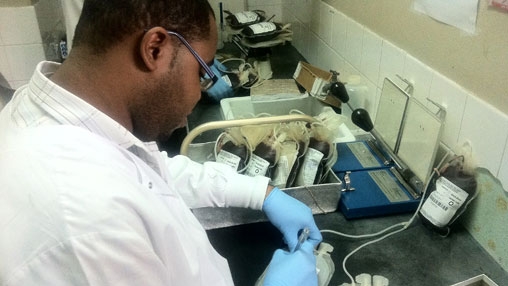In a bittersweet paradox, the HIV/AIDS epidemic in Latin America and the Caribbean seems to be on the rise as more people live longer with the condition, experts said on World AIDS Day 2012.
With more than 1.5 million Latin Americans living with the disease –a 25% increase since 2001 —the number illustrates both the progress made in recent years against the epidemic and the challenges remaining.
Latin America’s response to the global HIV/AIDS scourge has made some important strides over the past two decades, seeing a significant increase in the life expectancy of those living with HIV/AIDS as well as new infection rates across the region stabilizing. Gains include increased public awareness, the development of national strategies and programs integrated into health systems.
However no major progress is possible until HIV programs reach key populations at a higher risk for HIV, experts say. “The region needs to pay more attention to reaching those groups successfully,” explains Shiyan Chao, World Bank Senior Economist.
But while the overall trend shows a drop in new infections, infection rates are not constant across society as a whole. Instead, behavioral patterns place certain groups more at risk of infection, with two diverse trends evident.
In the Caribbean, 250 000 people live with HIV/ AIDS and HIV prevalence amongst adults is higher than any other region outside of sub-Saharan Africa. Here, infections are predominantly driven through unprotected heterosexual sex.
Whereas, in Latin America unprotected sex between men is the significant mode of transmission, and to a lesser extent, sex work and injecting drug use. But despite this, Chao warns that only a fraction of prevention and treatment programs target them successfully.
This is especially true in the Caribbean, where “cultural taboos, HIV-related stigma and especially homophobia have often restricted frank debate about the sexual and behavioral practices driving the HIV/AIDS epidemic,” according to World Bank Health Specialist Carmen Carpio.

